As a country, Japan has one of the toughest asylum policies in the world.
Even though it has one of the largest economies in the world, it takes in a tiny proportion of the world’s refugees.
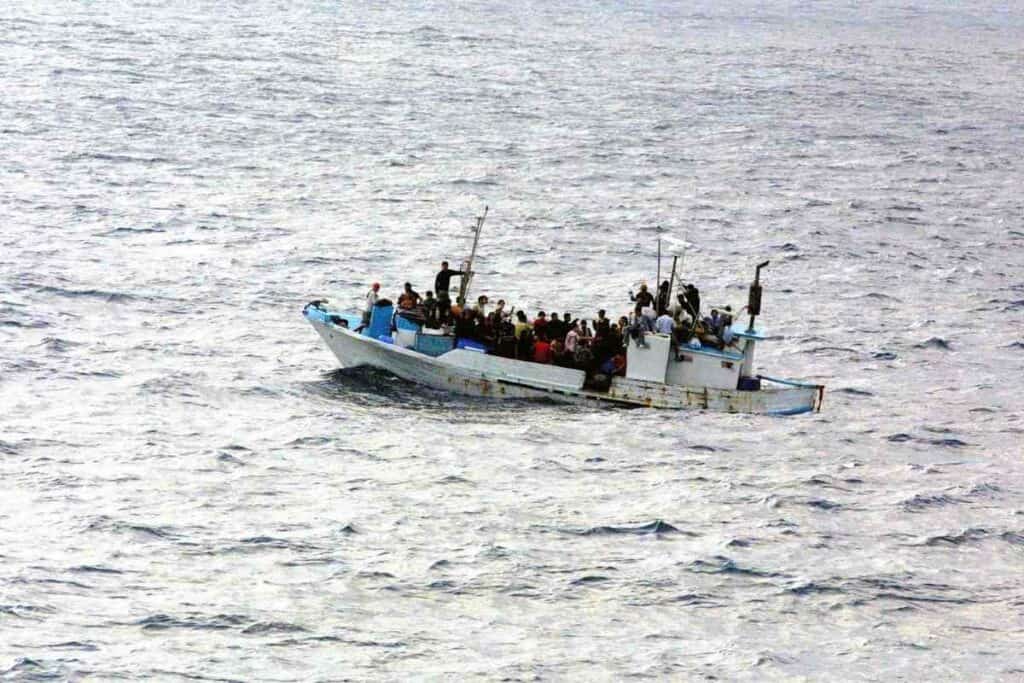
With its history, geography, and strict policies on top, there is limited access for asylum seekers to Japan.
And with the Japanese preferring a homogeneous society, there is no real motivation for change.
Table of Contents
Japanese Immigration History
Japan has a long history of not allowing people to enter the country.
During the Edo period (1603 to 1867) the country has an isolationist foreign policy called Sakoku, which means “locked country”.
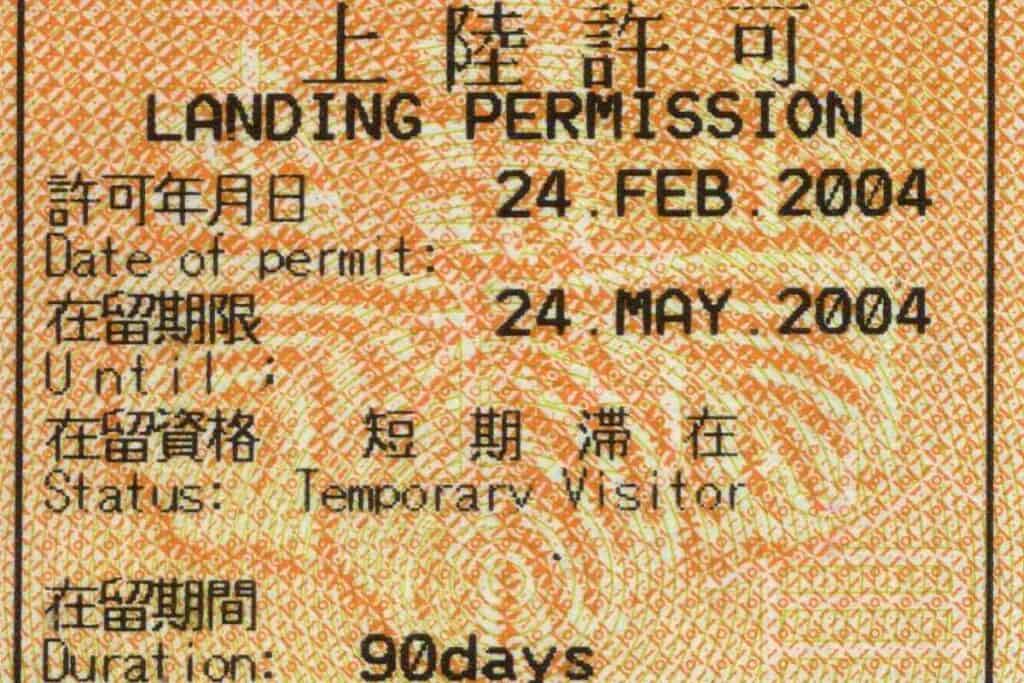
During these 264 years, almost all foreigners were not able to enter Japan, and neither were common Japanese people allowed to leave.
What’s More – Trade and relations with other countries were very limited. During World War II Japan did take in as many as 670,00 Chinese and Korean laborers, but this was forced.
Recent Japanese Immigration Policy
In Japan, there is no official policy on immigration.
There is, however, a huge need for manpower in some key sectors like health care, IT services, and construction.
This means that low-skilled labor workers are forced to try gaining legal residence as refugees, which is overburdening the system.
The workforce in Japan is rapidly shrinking amid an aging population.
The country could easily boost its workforce through migrant workers who are desperate for work.
Facts and Figures
Despite being a signatory to the UN 1951 Refugee Convention and the 1967 Protocol, which means Japan has made a commitment to protect asylum seekers and refugees, the numbers accepted are staggering.
In the 22 years between 1982 and 2004, Japan accepted just 330 asylum applications, equating to fifteen per year on average.
In 2018, the figures still weren’t much better with only 42 out of 10,493 applications being approved.
The Reasons Behind the Low Numbers
With Japan being geographically remote and its insistence on refugee applications being submitted in person, it’s easy to see why there are such low numbers.
Those who do make it to the country, therefore, have to have obtained some sort of visa beforehand.
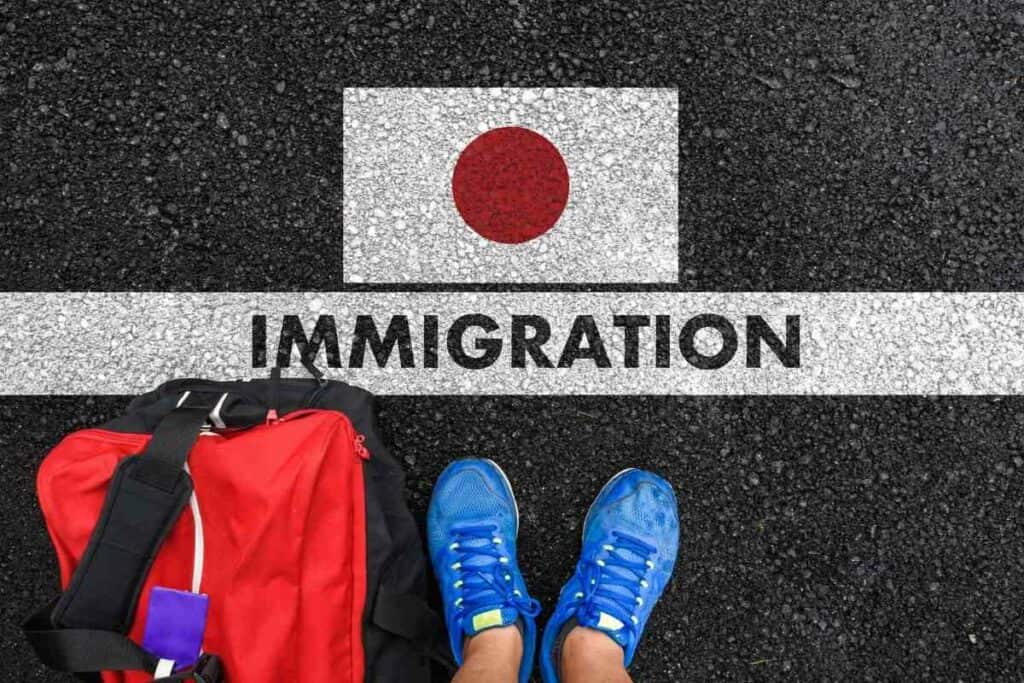
If they haven’t, they will be detained and won’t be able to seek asylum.
Getting one of these visas is very difficult, especially when you consider what refugees are leaving behind.
For Example – Most refugees are fleeing somewhere dangerous where they’re persecuted. They throw away their papers and documents and anything that could identify them as being a member of a political group. Most leave with some cash, food, and a few clothes, nothing more.
A generous donor
Despite its lack of acceptance of refugees, Japan is actually one of the most generous donors to the UNHCR – the United Nations High Commissioner for Refugees.
In 2016, the country was ranked the fourth largest contributor, with the US, EU, and Germany taking the first three places.
Japanese Asylum Applicants
When Syrians were fleeing war, 69 of them sought refuge in Japan yet only seven were approved. Applications for asylum have risen sharply with applicants coming from:
- Turkey
- the Philippines
- Nepal
- and Indonesia
Out of its applications in 2016, less than 1% were accepted.
One of the worst things is that applicants are left waiting in uncertainty for years for the outcome of their claim.
Lots of asylum applicants that come to Japan don’t really intend to come to the country in the first place.
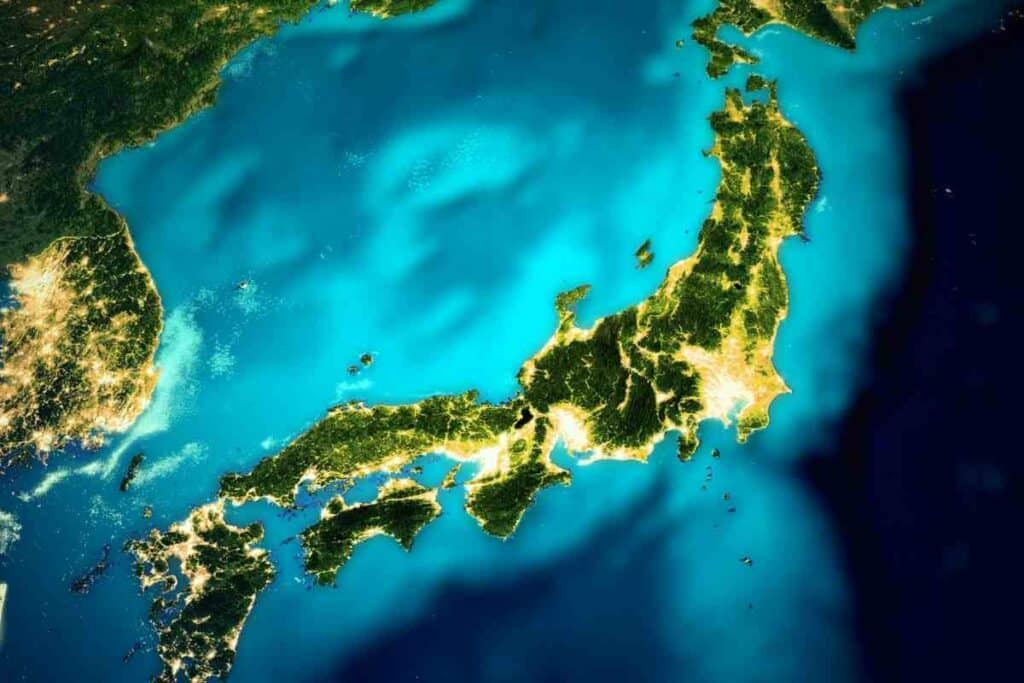
Though many have links to the country, lots just find themselves happening to get a visa when they’re applying for others.
Even though they no nobody and don’t speak the language, they arrive because of this and then apply for asylum.
Waiting for the results of an application for asylum is long and arduous.
Keep In Mind: When a person applies for the first time, they wait over a year. If the decision doesn’t go in their favor, they can wait a further five years for their appeal.
Organizations in Japan
Since Japan doesn’t help many asylum seekers, there are few organizations in this domain.
One such organization that does help refugees is JAR (Japan Association for Refugees).
This provides social, legal, and employment assistance.
This organization helps over 700 refugees each year, coming from around 66 countries.
Around half of them come from Africa.
Being an asylum seeker in Japan
The Japanese government doesn’t provide any support for looking for a job, so refugees have to survive alone.
They need to find their own accommodation and work.
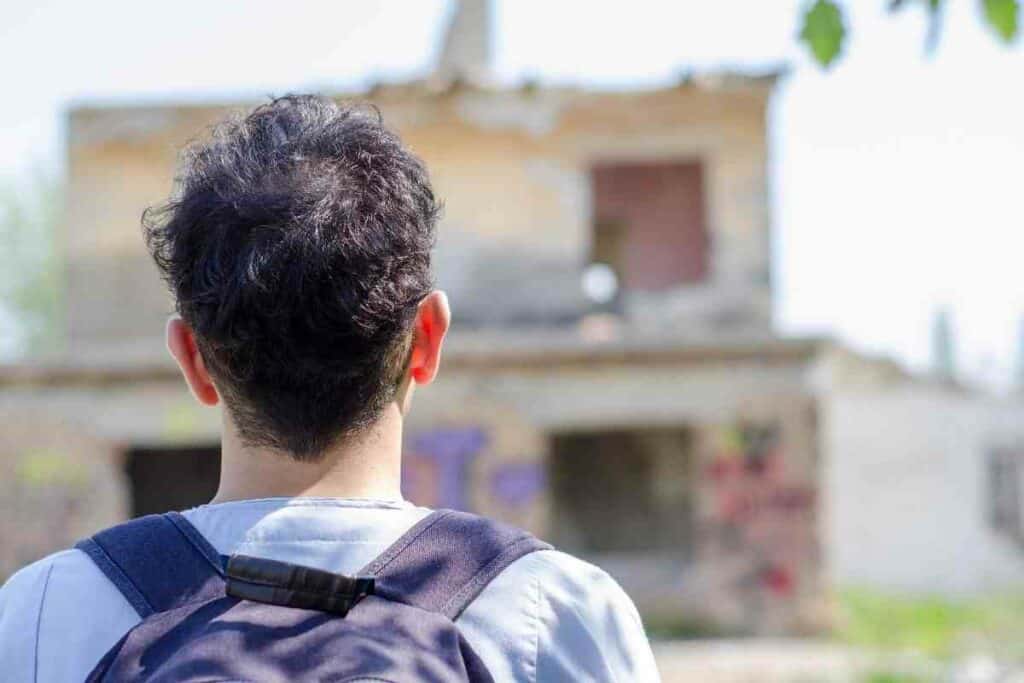
Japan interprets the United Nations refugee convention very strictly.
This means that it doesn’t grant refugee status to people fleeing war readily, despite this being contrary to the UNHCR guidance.
The acceptance criteria are extremely high and expect people to document the threats to their lives as they occur.
It becomes difficult for applicants to prove their experiences and circumstances. It’s actually often impossible for them to do so.
Oftentimes – Refugees will describe conditions, events, or circumstances that aren’t known about in Japan.
And despite their signing of the Refugee Convention, the country only recognizes asylum seekers who have been individually persecuted and targets, whether or not they are fleeing conflict, war or belong to a persecuted group.
The Fear of North Korean
There is a fear in Japan that being more liberal in its approach to refugees would result in a large-scale influx of people fleeing North Korea.
Some people believe as many as 100,000 refugees from North Korea could land on Japanese shores owing to the 6,000 Japanese women who migrated to North Korea with their husbands during the 20th century.
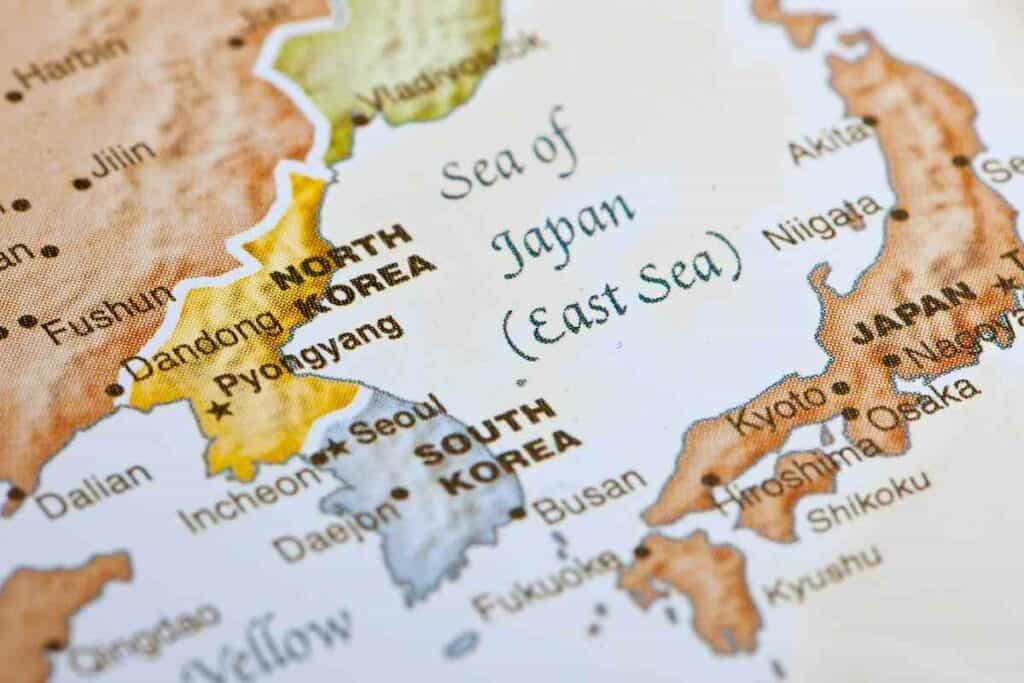
This is likely to be a huge exaggeration, however.
It’s unlikely that that many people would be able to leave North Korea and make the 620-mile high-sea journey over treacherous waters.
Occasionally, Japan’s shores greet ghost ships, which are fishing boats containing the remains of North Koreans who have tried to cross the waters.
In Reality – Only three North Korean boats containing refugees have ever made it to Japan successfully.
Conflict-free country applications
In 2014, almost 20,000 asylum applications were received in Japan, which was an increase of 1600% over seven years.
Not only have the numbers skyrocketed, but there are many applicants from typically non-refugee producing countries, including:
- Sri Lanka
- Indonesia
- Vietnam
- and the Philippines
Zones of conflict like South Sudan, Iraq, Yemen, Congo, Afghanistan, and Syria, were only 1% of the applications.
The reason is that the majority of applicants were in fact economic migrants who were using the refugee system to get a work visa.
Thus, the system was becoming overburdened.
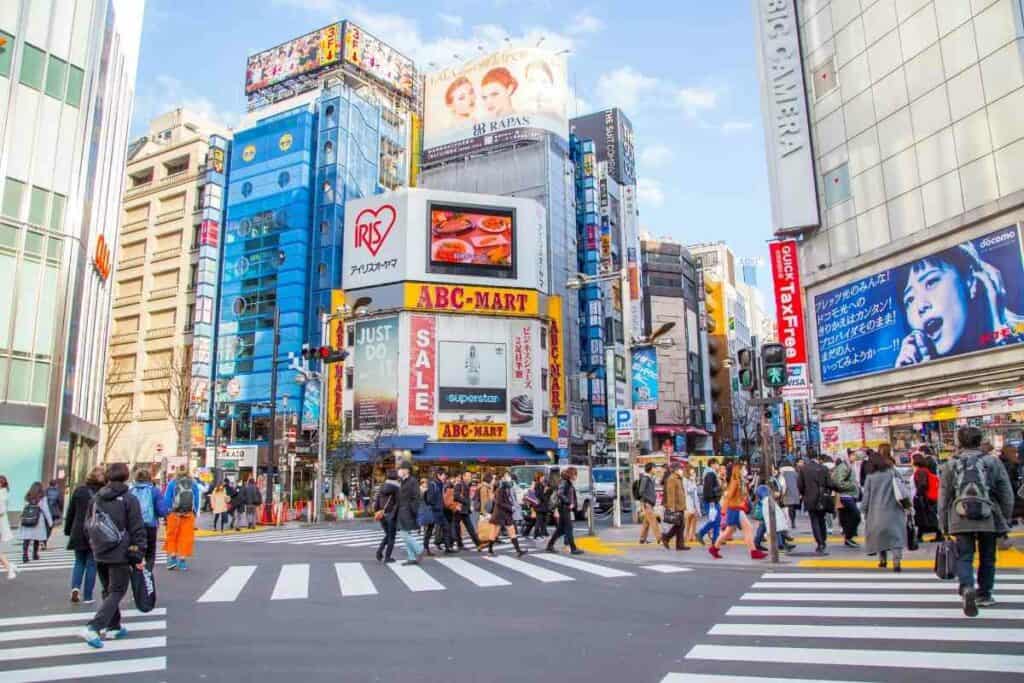
The reason applications soared from 2010 was that the government had begun to offer work visas to asylum seekers once they’d been waiting six months.
Since the country has no formal policy on immigration, the asylum seeker system was the ideal route for people to come to the country to earn a living.
Some employers have even encouraged people to apply for asylum so that they can get a work visa.
It’s also easier for those applying from Southeast Asia to file paperwork. Thai visitors don’t need a visa, and the conditions for Filipinos have been relaxed.
Simply Put – On arrival in Japan, visitors need to simply declare themselves a refugee and they will be given a work visa in six months.
If these applications were legitimate, then other countries would surely see similar numbers of people seeking asylum in South Korea and others, for example.
A way to better pay
Not all people turn up and declare asylum straight away.
Many come with a work permit for a hotel job or a construction job, but the money is low and they’re treated badly.
What many of these people then do is file for refugee status, which means they have access to a better job.
Read next – The 2025 Japanese Work Permit
How many refugees would Japan see with a relaxed policy?
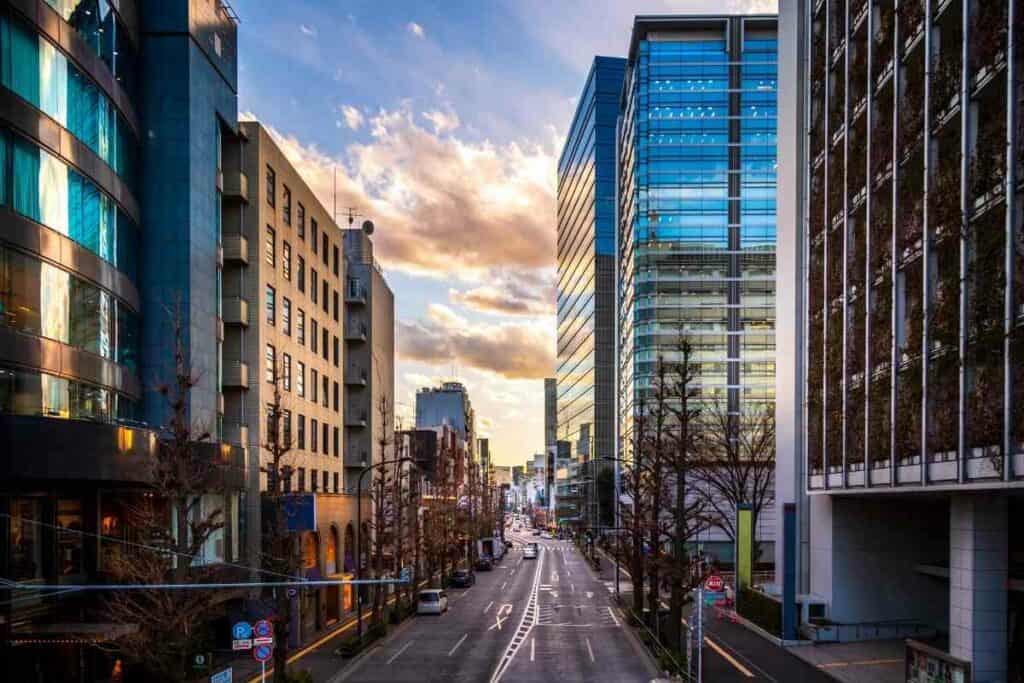
Many people believe that a hundred to three hundred people each year could be considered true refugees escaping persecution and war.
JAR believes that Japan should be accepting these numbers and the organization also points out that lots of rejected applications do end up getting approved eventually, which means the Japanese system doesn’t work as effectively as it should.
Do people really want to move to Japan?
Though lots of economic migrants seem desperate to work and live in Japan, it’s not actually seen as a desirable country to live in for true refugees.
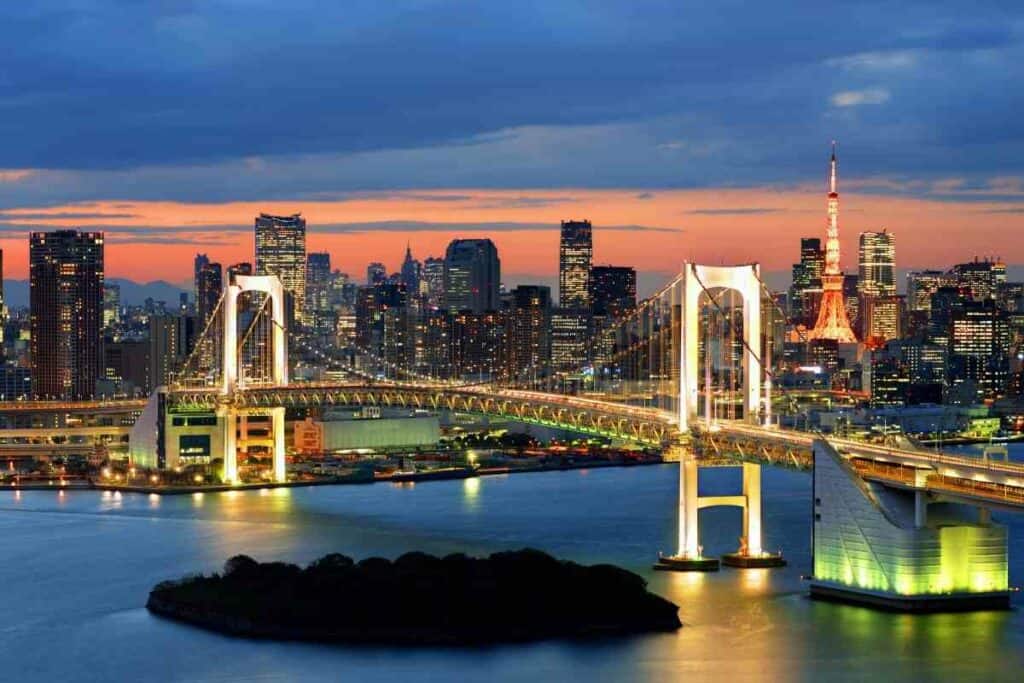
Many simply end up there by accident. The true number of asylum seekers wanting to go to Japan is tiny.
Lots would prefer to go somewhere like France or Canada but just cannot get there.
Some go to Japan in the hope of getting on a plane but then they’re not allowed so they remain in Japan.
Final thoughts – Japan takes no refugees
It seems as though a lot of work needs to be done to unpick the policy on immigration and asylum-seeking in Japan.
Without a cultural shift, it’s unlikely that things will change any time soon.
For now, refugees must just go through the arduous process of seeking asylum and hoping to be one of the lucky few.
Also Read
- 12 Things Tourists Should NEVER Say in Japan
- Kissing Robot: Exploring the Popularity of the Chinese Kissing App
- Unlocking the Secret Dating Rituals Only Locals Know in Japan
- Samurai Armor: Ancient Protection for Japan’s Elite Warriors
- 10 Amazing Facts About Schools in Japan: Unique Traditions and Educational Practices
- Where can you see snow monkeys in Japan: Best locations and viewing tips









